Gardening & Landscaping Resources
6 Garden Road
Promoting planting to enhance the natural beauty and landscape of our community is an important part of the Pelham Preservation & Garden Society's mission. Residents are encouraged to plant native species that support birds and wildlife and represent sustainable contributions to Pelham's unique sense of place. Member volunteers devote time each year to a project aimed at planting and maintaining public parks and greenspace in Pelham.
The "Pelham By Design"Collection of Books
The Society has developed a substantial collection of books on gardening as part of its "Pelham By Design" Collection -- a special section in the Pelham Public Library, located at the corner of Wolfs Lane and Colonial Avenue. These books have been specially selected by landscape specialists to assist you in gardening and landscaping around your historic home. Click on the icon above to see a complete list of these books.
Pelham Bulletin Board of Gardening Resources
Many of our members have had experience in gardening and lanscaping projects that have enhanced the historic nature of their homes. Posted at the above bulletin board are gardening ideas and suggestions for resources.
(Please Note: The Pelham Preservation Society does not recommend or endorse any of the products or services noted here; homeowners should make an independent determination of the appropriate provider for specific work to be undertaken.)
Before You Plant,
Check the Invasive Plant Atlas of New England
Certain plants have proven to be harmful to the environment.
Check this list before you plant.
Outside Resources
Below are links to publications and information that may assist you in deciding how to enhance the landscape of your historic home:
The Lady Bird Johnson Wildflower Center promotes landscape restoration by encouraging the re-planting of native plants and wildflowers. The website contains a variety of resources, including a comprehensive searachable database of native plants.
The Native Plant Center at Westchester Community College is dedicated to educating people about the importance of wildflowers and native plants of the Northeast. As a community resource, the Center shares information on choosing, growing and maintaining native plants, including sponsoring classes, symposia, workshops and conferences featuring nationally known speakers. Each spring, the Center holds a wildflower and native plant sale.
The Brooklyn Botanic Garden website contains publications by some of the nation's leading horticulturalists, including useful ideas for incorporating native plants into your garden that will support birds, butterflies and other wildlife:
The Connecticut Botanical Society website contains a searchable database of wildflowers, ferns and rare plants.
The University of Connecticut website contains a database of trees, shrubs and vines that is searchable according to plant type and site and soil conditions.
The United States Department of Agriculture PLANTS Database provides standardized information about the vascular plants, mosses, liverworts, hornworts, and lichens of the U.S. and its territories. It includes names, plant symbols, checklists, distributional data, species abstracts, characteristics, images, plant links, references, crop information, and automated tools.
The American Rhododendron Society is a non-profit organization whose purpose is "to encourage interest in and to disseminate information about the genus Rhododendron" (which includes deciduous and evergreen azaleas). The organization's website includes a complete list of species, searchable according to plant characteristics.

